
September 15, 2022
Societal Shifts and their Impact on Packaging
A number of societal megatrends and shifts are influencing not just the way in which we live, behave and think but also the physical world around us.
Packaging is one aspect of our connection to this physical world – constantly evolving to meet changing social, economic and environmental needs.
Of course, today’s societal shifts affect areas such as work, housing, mobility, climate, education, healthcare, and the economy – and are also disrupting the status quo and forcing industries, such as packaging, to adapt and transform.
Below we discuss a few of these societal shifts and their impact on the packaging sphere.
Engendering the Future
We’re in the midst of a powerful cultural movement where people are embracing the fluidity of gender and how they identify and express themselves. Accordingly, the effectiveness of gendered marketing is changing as modern consumers, particularly younger generations, seek inclusive brand experiences that don’t judge preferences based on masculine and feminine stereotypes.
Traditionally a consumer’s gender was meant to create an expectation of how they would look, behave and buy. Nowadays, however, with an increased focus on the individual, many brands are now leaving conventional gender schemes behind. “This directly impacts packaging, since many consumers are now being addressed in a more inclusive way via this essential communication tool,” says LB Odendaal, Head of Design at IPL Packaging.
“In recent years, brands, particularly those in the healthcare, cosmetics and personal care industries, have become more visible and vocal about steering clear of out-of-date gender tropes,” states Odendaal. “In several instances the colour, shape and design of the packaging are all becoming more neutral. This is because, regardless of brand size or product offering, many brands are recognising the importance of rethinking gender-specific packaging and marketing,” he says.
Harry Styles’ new brand launches November 29th [take a look at the ‘Pleasing’ packaging below ]. It’s hardly surprising that cosmetics are the subject of Styles’ business venture. Not only does he join a string of musicians-turned-beauty moguls (Rihanna, Ariana Grande, Billie Eilish et al), but he’s made cotton candy painted nails and a flick of eyeliner as much a part of his sexed-up signature look as he has Gucci’s flared slacks and pussy-bow blouses.
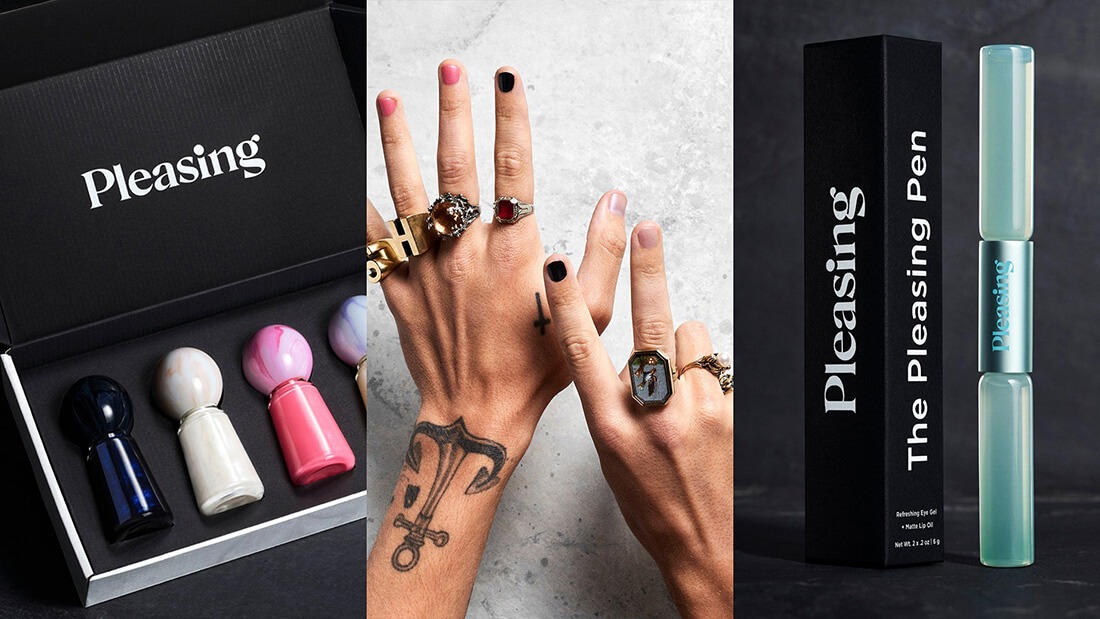
gq-magazine.co.uk
“Of course, it’s important to realise there are complex sociological reasons behind the demand for more gender neutral products and packaging design, so it’s essential for brands to consider their identities and target audience carefully, especially before briefing product or packaging design teams.”
“Ultimately, everything depends on the brand, ” he says. “For some, their target audience may continue to desire gendered marketing and packaging, which is why many brands won’t rush to drop ‘gender’ from product and packaging creation,” he explains “Ultimately though, it’s an important conversation to have internally for companies wishing to remain relevant to current and new generations of consumers – and ensure their suppliers are too. Revisiting why certain categories are gendered makes good sense – think: men have skin too; women can smell ‘woodsy’; many people like to imbibe and every body can be a temple!
The Longevity Revolution
Today’s 60+ age group is redefining ageing. It’s also the fastest-growing consumer demographic worldwide, according to the United Nations. The longevity revolution is upon us the number of senior citizens rises worldwide and older generations live independent lives for longer, ever more aware of their lifestyles, behaviours and spending habits.
“Customer satisfaction amongst senior citizens is of the utmost importance and brands and packaging designers should consider the impact of this in how product packaging is both designed and handled,” explains Odendaal. “Our growing ‘silver society’ increases the challenge of creating packaging that is secure and sealed, yet also easy-to-open,” he says. “Packaging is increasingly becoming a service issue and this societal shift is illustrative of that,” he states.
“This shift means prioritising convenience aspects (such as mechanisms for easy opening, maximising legibility, communicating necessary information effectively etc) will become increasingly important in responding to people’s needs.“
Our own packaging for Arran Distillers included braille lettering. P&G’s Olay, has introduced easy-open lids with braille lettering along with high-contrast coloured jars to make products more easily identifiable. The company said in a statement, “This item includes an Easy Open lid. For decades, we’ve focused on developing better formulas for all types of skin. But our jar design hasn’t been accessible for all types of women. We realised, it’s time to change that!”
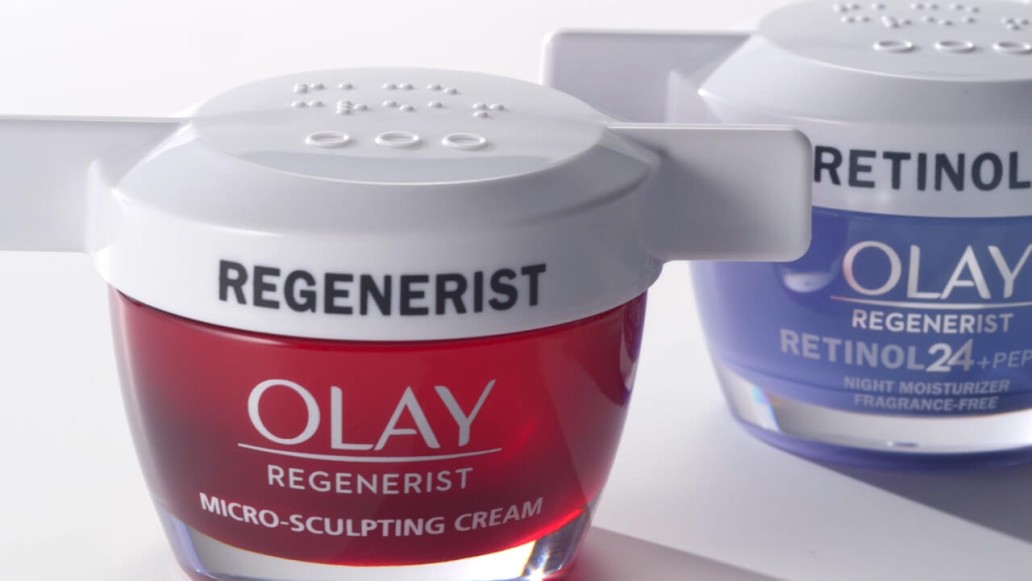
© olay.com

@ iplpackaging.com
The Rise of Conscious Consumerism
While this trend dates back to the 1970s, conscious consumerism has skyrocketed as awareness of environmental and social issues continue to grow. Research now indicates that 80% of people would personally do as much for the climate as they have for COVID-19 recovery efforts.
The past 18 months have solidified sustainability’s shift from ‘nice to have’ to an essential consumers expect to see as standard. This is especially true for luxury products, which must be seen as sustainable to maintain their high-end appeal and justify higher price-points in today’s market.
“This, however, is a goal that suppliers and brands must meet together,” stresses Odendaal. “Gone are the days whereby industry leaders asked the question ‘SHOULD brands embrace environmentally friendly packaging design’. The question is undoubtedly a matter of ‘HOW can they embrace ethically conscious packaging design?’”
“The challenge in creating sustainable packaging is that when it comes to design, we have to consider materials AND how they are created,” says Odendaal. “We have to consider the entire lifespan of the packaging and how to either minimise waste or reimagine it to be a brand asset. Whilst brands work on strategies to reimagine their packaging design, one way to approach the process is by considering packaging as a R&D tool. In a climate of conscious consumerism, brands are constantly under scrutiny. Quick and ill-thought out attempts to be environmentally driven can be deemed as ‘greenwashing’ if loopholes, or even pure dysfunctionality. are to be discovered later down the line.
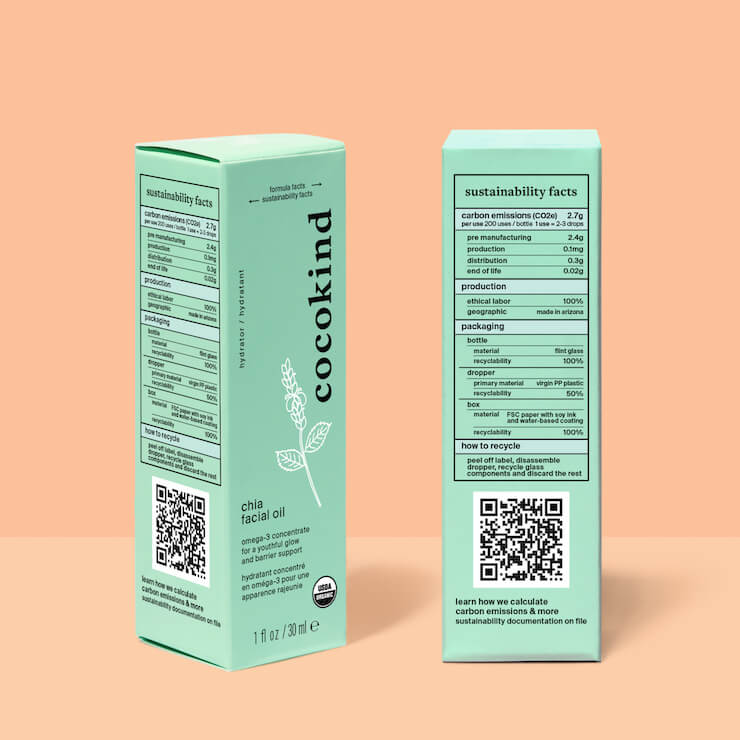
© cocokind.com
Valuing Experience over Possessions
Historically, particularly in Western cultures, a great deal of cultural significance was placed on what individuals or groups owned. Today, Millennials and Gen. Z (in particular) place greater value on enriching life experiences, with 94% saying it’s an important part of a fulfilling life.
Spurred by the demands of a fast-growing virtual world, social media platforms have become the first point of introduction for consumers to find and follow their favourite brands or search for the latest trendy product. “One way packaging engages with this trend is by turning ‘unboxing’ into an experience,” states Odendaal. “Whether the product is likely to ever be featured in an unboxing video on social media is really irrelevant. You can’t anticipate whether it will or it won’t, but it’s best if the product and packaging are camera-ready, especially as the unboxing phenomenon, as a whole, has raised the consumer’s expectation of what the unwrapping experience should be.”
“Whilst all packaging elements should be functional, layers and components should attempt, wherever possible, to contribute to creating a dramatic visual reveal,” he says.
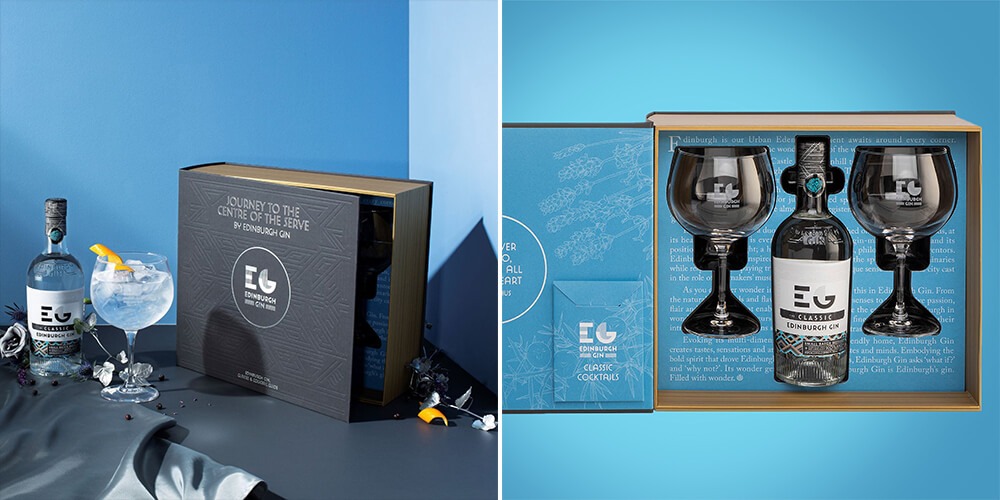
Taking it Personally
Research shows shoppers now have a strong point of view on personalisation, with the vast majority reporting they expect the brands to recognise them as individuals and know their interests. Asked to define personalisation, consumers associate it with positive experiences of being made to feel special.
“We’re seeing more and more personalised touches being added to the brand journey, purely because it is one of the most effective ways of making a product unique and, at the same time, satisfying the requirements of today’s luxury consumer,” comments Odendaal. “In terms of our company values too, at IPL we emphasise our commitment to “Take Packaging Personally” – recognising that each brand’s needs and requirements are entirely unique to them.”
Personalised packaging is now being offered by many leading brands, with consumption peaking during gifting occasions, like Christmas and Valentine’s Day. “Premium drinks and spirits manufacturers have gone down that road by enabling consumers to add text via a website to engrave either the bottle or its outer packaging,” he says. “A number of premium brands, particularly within the Scotch whisky sector now offer personalised labels, mainly for gifting purposes, with individual messages. Whilst new web-to-print ordering systems also allow for this in industry sectors such as jewellery and confectionery, and many more.”
“In one particularly special example of personalisation, IPL designed and customised a special gift ‘case’ for Sterling Vineyards, official wine partner of the 69th annual Emmy Awards. Each bottle gifted to individual Emmy Winners was a special, personalised keepsake with a stainless steel removable and magnetic name plaque, specifically engraved with the name of each winner,” states Odendaal.
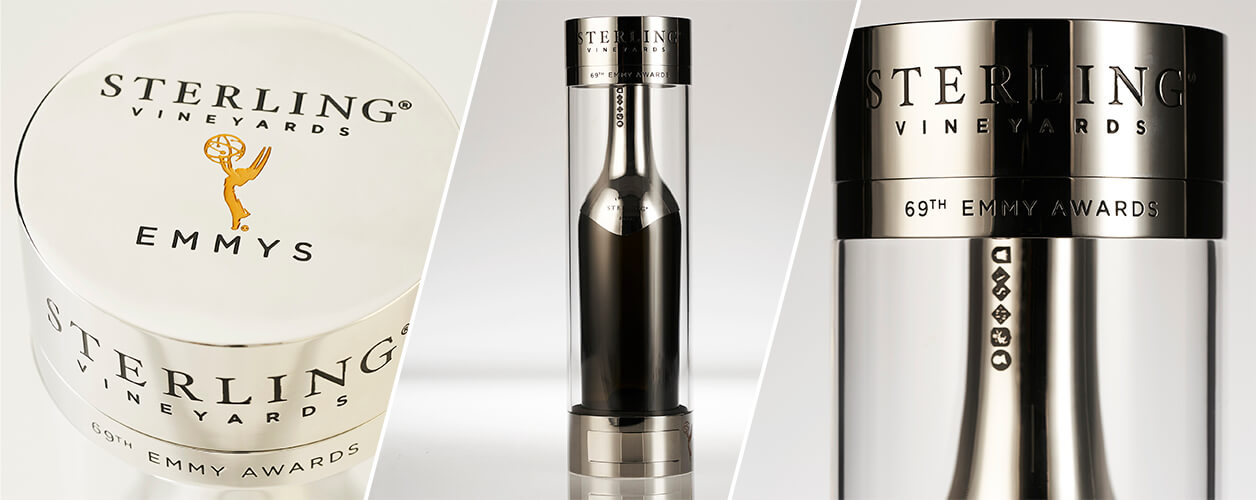
© IPL Packaging
Globalisation Gear Change
The Covid-19 pandemic has shown how fragile global raw material supply chains for packaging really are, whilst another of the obvious consequences of the pandemic is the greater reliance on e-commerce purchases.
Thus, availability of materials and the ability to effectively, timeously transport packaging are both crucial for quality delivery of goods, particularly as both brands and consumers also become increasingly aware of where and how products are made.
“At IPL Packaging we’ve long been establishing successful Eastern European nearshoring of sourcing and production activities as part of the creation of a global dynamic supply network that bolsters the capabilities of our Chinese manufacturers,” says Christiana Delahaye, IPL’s Senior Purchasing Manager for Europe.
“Eastern European suppliers are seeing the opportunity presented by the current global situation and are certainly gearing up. Many are unable to absorb the large production volumes required at this point in time, but are certainly motivated to do so for the future,” she says.
“However, when forging great relationships with Eastern European partners there are several factors we need to take into account: Being aware of the diversity of the industrial landscape of each country, not comparing it to the ”traditional” sourcing process from China, focusing on generating successful landed costs operations (included direct and indirect costs), and rather on small volumes to start with, as a complement to China. These factors as well as being willing to allocate time and resources on identifying and qualifying the right suppliers.”
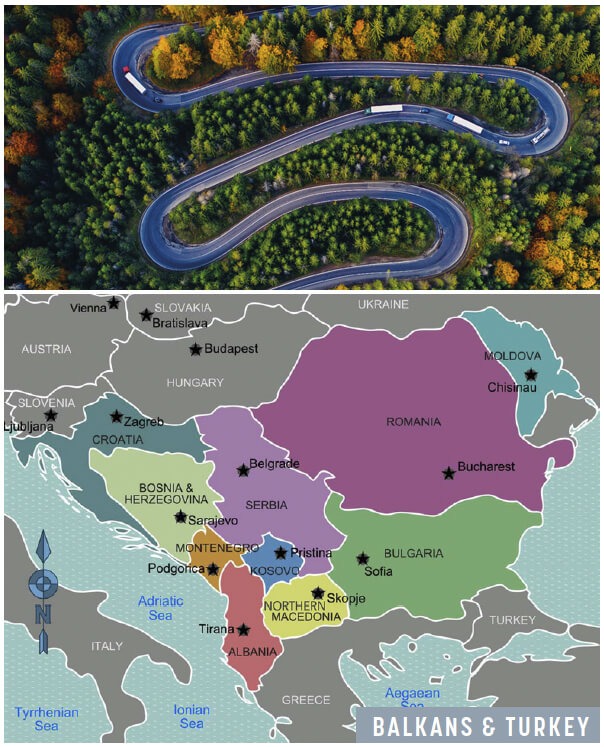
IPL Packaging is a global luxury packaging supplier with offices in the USA, Europe, Mexico, Asia and Africa. Approved manufacturing is available in several Asian countries, as well as sites in Eastern Europe. We create bespoke, tailored and exclusive packaging for any premium or luxury brand and lead the entire process, from conceptualisation and design to production and delivery.
For more information on packaging solutions or to gain insight into our latest packaging trends, follow us on LinkedIn, Facebook, YouTube or Pinterest. Keep an eye on our news section for insightful articles and innovative ideas around packaging materials, product development and design.
More articles

August 22, 2023
Time Well Spent

November 27, 2020
(Re)imagine packaging: 50 shades of the future

September 22, 2022
Work Feature – Bowmore 40 YO

November 8, 2021
Popping the Cork on Planet-Friendly Packaging

January 31, 2023
Guidelines for Sustainable Packaging Creation

November 16, 2020
Tiffany & Co. – Luxury packaging done right

April 18, 2024
Luxury Regulated

August 23, 2022